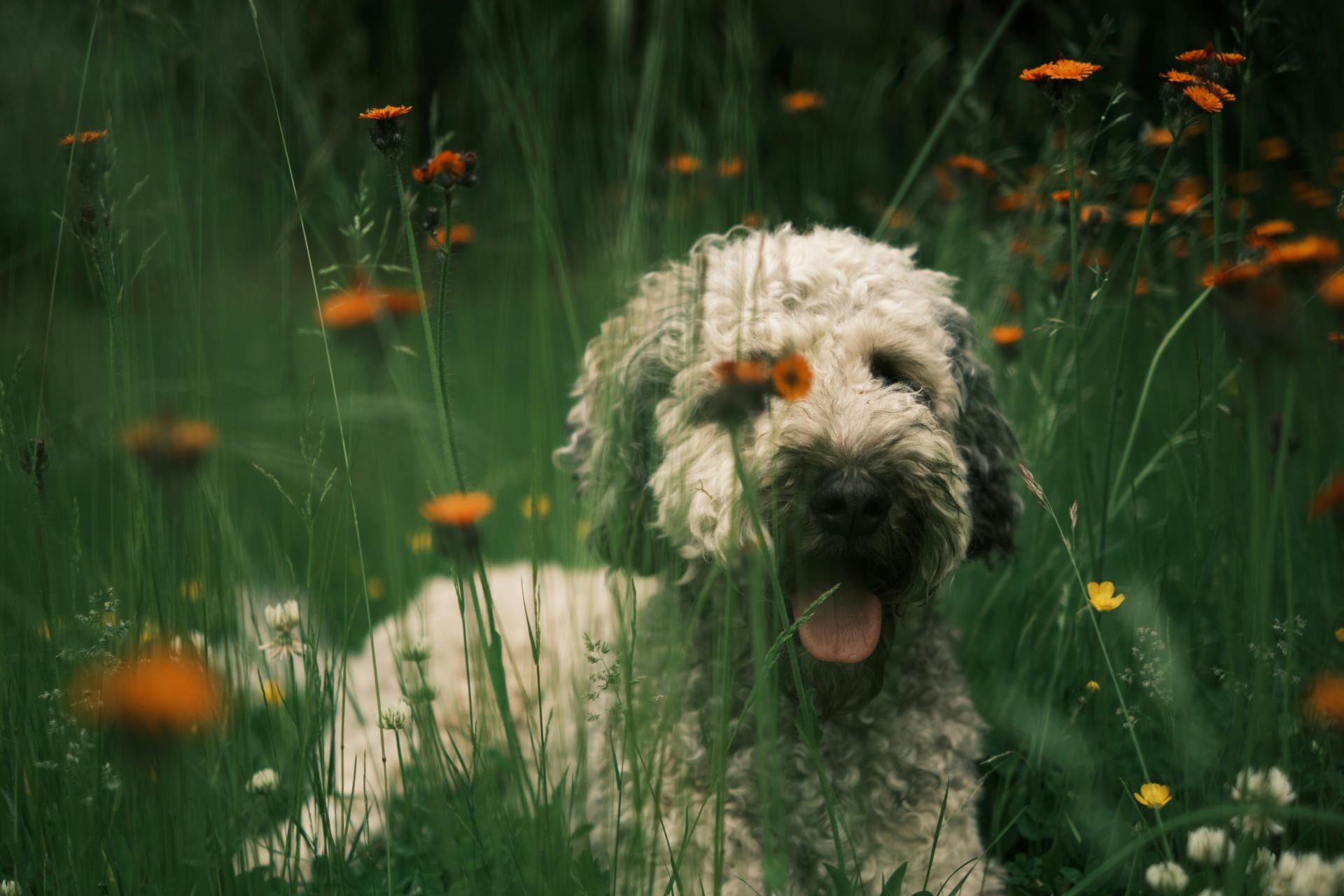You are here
Be a Better Gardener: The Dog Days of Summer
Be a Better Gardener: The Dog Days of Summer
by Thomas Christopher
“The fault, dear Brutus, is not in our stars, but in ourselves.”
We are reaching the end of the dog days of summer, which, if you accept the traditional lore, is a very good thing. Despite the name, this period, which begins on July 3 and ends on Aug. 11, has nothing to do with our four-legged friends, other than the belief that during the hot, humid weather of the dog days, they are more likely to go mad. The origin of the popular name for this mid-summer interval derived from a belief of the ancient Greeks and Romans that an astronomical coincidence, the rising of the dog star, Canis Majoris, the brightest star in the sky, at the same time as the rising of the sun during this period of 39 days, meant that the two heavenly bodies combined to raise temperatures especially high. Over the years. I have observed a number of effects that it has on our gardens.
One impact of elevated temperatures is an increased need for irrigation. Moisture evaporates faster from the soil when the air is hot, and plants contribute by sucking water up through their roots and transpiring it from their leaves as a means of cooling themselves. One way to reduce this water loss is to insulate the soil by mulching. Spreading a couple of inches of straw in the vegetable garden can reduce water loss through evaporation by up to a half. By keeping the soil cooler, such a layer of loose, organic mulch also enhances root function, allowing plants to draw up the moisture they need to replace water lost through the leaf surfaces.
A sustained period of daytime temperatures of 90°F or above will slow the growth of most garden plants, and when combined with nighttime temperatures above 72°F, will cause a variety of crops, notably tomatoes, squashes, and cucumbers, to abort flowers and fruits, and by making tomato pollen non-viable, will prevent the initiation of replacement fruits.
High soil temperatures also prevent the germination of many seeds, which is why I start the vegetables that will provide fall vegetable crops under lights in my basement. When I transplant the resulting seedlings into the garden, I cover them with floating row covers made of a white, gauzy material that reflects much of the sunlight that would otherwise strike the plants, thus protecting them against heat and water stress.
Keeping the garden free of weeds is especially important during heat waves, as weeds compete aggressively for moisture in the soil, increasing the stress on your flowers and vegetables.
The combination of high heat and humidity is especially damaging as together they supercharge the growth and spread of fungi and bacteria responsible for plant diseases. This is especially true if, like me, you tend to plant too closely to pack more vegetation into your beds. Intermingling plants of different types also tends to reduce disease transmission. That’s because plant pathogens are typically specific to certain types of plants; a fungus that attacks petunias will most likely not bother an adjacent marigold or zinnia and is less likely to find another petunia to infect if it has to jump over such immune plants to find its new prey.
Finally, the way you water can help to reduce the incidence of plant diseases in your garden. Wetting leaf surfaces enables the germination of fungal spores and bacterial reproduction, so avoid this if you can by switching from using sprinklers to soaker hoses or drip irrigation. The latter kind of watering device also minimizes your water use by releasing the water right at the soil surface rather than shooting droplets through the air — up to half those droplets may evaporate before reaching the ground during hot, sunny, and breezy weather. Finally, schedule your watering for mornings if you can, as any water that does splash onto the leaves will evaporate quickly during the ensuing heat of the day. Evening watering, which leaves plants wet through the night, promotes diseases.
Unlike my ancient counterparts, I don’t blame the dog star for extreme summer weather. I know that heat domes and the increased incidence of heat combined with alternating drought and downpours are largely the result of human-driven climate change. I don’t worry about my dog Finn going mad at this time of year. I’m more focused on helping my garden weather the stress.
Be-a-Better-Gardener is a community service of Berkshire Botanical Garden, located in Stockbridge, Mass. Its mission, to provide knowledge of gardening and the environment through a diverse range of classes and programs, informs and inspires thousands of students and visitors each year. Thomas Christopher is a volunteer at Berkshire Botanical Garden and is the author or co-author of more than a dozen books, including Nature into Art and The Gardens of Wave Hill (Timber Press, 2019). He is the 2021 Garden Club of America's National Medalist for Literature, a distinction reserved to recognize those who have left a profound and lasting impact on issues that are most important to the GCA. Christopher’s companion broadcast to this column, Growing Greener, streams on WESUFM.org, Pacifica Radio and NPR and is available at berkshirebotanical.org/growinggreener.
Help Our Garden Grow!
Your donation helps us to educate and inspire visitors of all ages on the art and science of gardening and the preservation of our environment.
All donations are 100 percent tax deductible.


